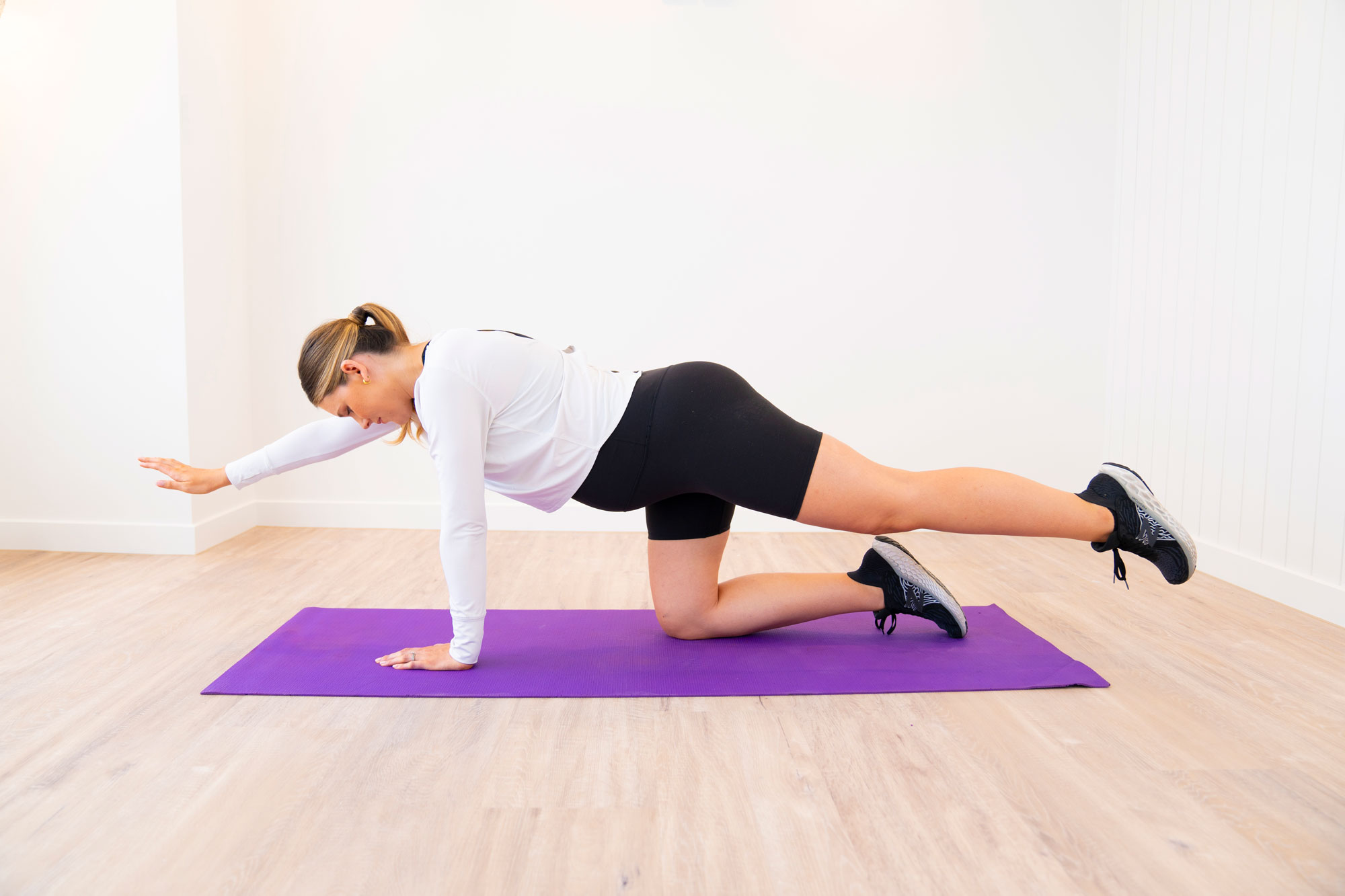
We’ve spoken before about the changes that occur to your body after childbirth and what is and isn’t normal. Abdominal separation is one thing that many women experience, but how much do you understand about it and its impact on your postpartum recovery?
With the help of Grace Private’s expert Gold Coast physiotherapists, let’s dive deeper into abdominal separation after childbirth and shed some light on what to expect and what is normal.
After giving birth, many women may notice a protrusion or bulge in the centre of their abdomen. This condition is known as abdominal separation or diastasis recti. It is a separation of the abdominal muscles along the linea alba, the connective tissue that runs vertically down your middle.
Abdominal separation can begin in the second half of pregnancy when the growing uterus places stress on the abdominal area, which leads to stretching and potential separation of the abdominal muscles.
We want new mothers to know that abdominal separation is extremely common after childbirth and many women experience this to some degree or another. Every woman’s body is unique and the extent of abdominal separation can vary. When deciding if your separation is normal, it’s important to consider:
Width of separation
Generally, a separation that measures approximately one to two finger-widths is considered normal postpartum. This distance will gradually decrease over time as your body recovers from childbirth and your muscles gain strength.
The inter-rectus distance (IRD) can be measured via clinical palpation and more accurately with the use of real time ultrasound where the clinician will assess the length, width, depth and the integrity of the linea alba or tissue separation.
Another important part of the assessment and treatment is how your movements impact this separation i.e. worse or better and the importance of using the deeper abdominal stabilisers and pelvic floor muscles to support the IRD and improve this separation over time with gentle progressive exercises.
If this separation continues or widens, we recommend making an appointment with one of our Grace Private physiotherapists who are experienced in postnatal care.
Depth of separation:
The depth of your abdominal separation can also influence whether you should seek further guidance or not. When the separation is shallow and firm it’s a good sign there is good muscle support, however, a deep and soft separation may indicate the need for rehabilitation to restore strength and function.

Symmetry:
You also need to consider the symmetry of your separation. Generally, the separation should appear even down your midline, asymmetry or bulging on one side may mean your muscles are imbalanced and you’ll need specially designed exercises to remedy it.
When you have abdominal separation you may experience weakness when engaging your core muscles and notice a ‘canoe-shaped’ bulge in the middle of your stomach when your core is working. It can also contribute to lower back pain and pelvic floor issues.
While we understand abdominal separation is part of postpartum recovery, if it continues you may need to consult a professional to assist in your healing. Physiotherapists who specialise in women’s health, such as our Grace physiotherapists Debra Miller and Elle Pidgeon, can assess your condition and provide personalised care and guidance to help your recovery.
To promote abdominal separation healing, our physiotherapists will guide you through a range of gentle exercises that engage your core muscles and help restore strength. Under their guidance, you can activate the deeper abdominal muscles and reduce abdominal separation.
Your personalised treatment plan may include easy abdominal contractions, breathing and pelvic floor exercises. They may also recommend postural adjustments and techniques to lessen the strain on your abdominal muscles and help you get back on track to start regular exercise.
It’s important to remember that every woman’s postpartum journey is different, but if you think you may need help with abdominal separation, you can book an appointment online with a Grace Private physiotherapist today. There’s no need for a referral!

